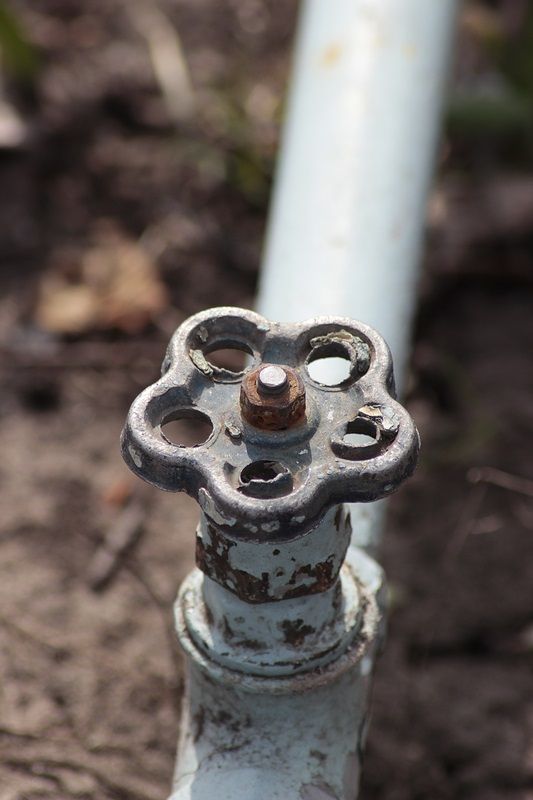Today, the American Water Works Association convened in the Nation’s Capital to discuss the needs to ensure the delivery of safe drinking water to the American public, and the replacement of lead service lines which contributed to the health crisis in Flint. The event was standing room only. AWWA’s CEO, David LaFrance, along with some of the Association’s members, highlighted the challenges and the opportunities. Below is the press release for the event.
AWWA PRESS RELEASE
Water leaders explore lead line replacement strategies
May 3, 2016
Hosted by the American Water Works Association, the event took place during Drinking Water Week, an annual observance focusing on water quality and supply issues.
A March 2016 study published by AWWA estimated some 6.1 million lead service lines remain in the United States, serving approximately 7 percent of the population. In most communities, portions of the lead service lines are owned by the water utility and portions are owned by the customer.
AWWA recently announced its support for the U.S. National Drinking Water Advisory Council’s recommendation to remove lead service lines nationwide over time. “This issue is both complicated and solvable,” AWWA CEO David LaFrance said in his opening remarks for Tuesday’s panel discussion.
Event panelists included John Sullivan, chief engineer for Boston Water and Sewer Commission; Cathy Bailey, director of the Greater Cincinnati Water Works; Reid Campbell, director of water services for Halifax Water in Nova Scotia, and Randall Roost, principal planner of water operations for the Lansing (Michigan) Board of Water and Light.
Sullivan explained that BWSC has an online database that allows homeowners to search by address to determine if their property has a lead service line. BWSC offers a credit of up to $2,000 and interest-free loans to 48 months to assist homeowners willing to remove the portions of lead pipes on private property.
Bailey stressed that Greater Cincinnati Water Works has expanded its outreach on lead, including the addition of a new lead website, a lead hotline, social media outreach, direct letters to more than 20,000 customers, a speaker’s bureau and the distribution of pitcher filters to homes thought to be at higher risk.
Campbell explained that education and financial assistance is critical in removing lead service lines, noting that many water customers in his service area are reluctant to spend money on replacing lines that are buried and out of sight. Halifax has, however, had success working with customers over extended periods, he said.
Roost noted that Lansing Board of Water and Light is in the unusual position of owning lead service lines in their entirety. This has allowed the utility to reduce the number of lead service lines from 13,500 to 436 in 12 years. The project has cost about $42 million, covered entirely through customer rates.
Video from the panel discussion will be made available at awwa.org at the end of May.




